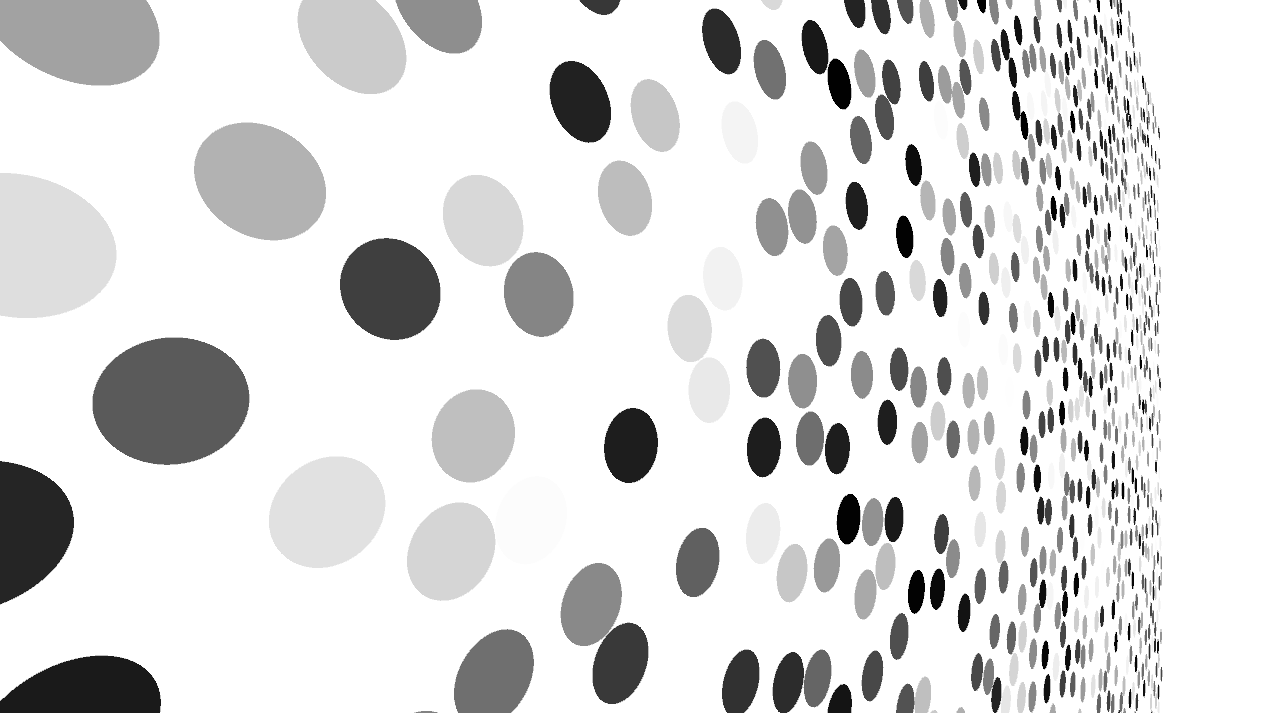Equality and Stretchiness
Equality & Stretchiness
This is a brief addition to my last post. It used to be part of the post, but then the post was too long. Probably this needs to be edited into something else.
This is a musing on something I said in that post:
Digraphs are stretchy.
So for instance, we would consider these three digraphs to be the same, because we can rearrange and stretch them into each other:
To write down that we think two things are the same, we put an equals sign between them:
(We could also use a three-directional equal sign:
But we haven’t talked about ternary relations yet.)
It might seem a little strange to put an equals sign between things that aren’t exactly the same. But you actually do this all the time in math. Consider the equation:
1 + 1
2
The things on either side of the equal sign here aren’t exactly the same – they’re just the same enough for our purposes. You could also think of them as different ways to accomplish the same thing. To get a “2”, you can take two “1"s and add them together, or you can just write down a “2”.
In the case of our digraphs, we consider the above diagrams to be different ways to draw the same digraph. Since the digraph is stretchy, it doesn’t matter how it’s laid out in space.
We can come up with similar rules for our other diagram types. For example, I declare that our tables are unordered: we agree not to care about the order of the rows. So we can write:
| person: Person | likes: Person |
|---|---|
| A | B |
| B | C |
| person: Person | likes: Person |
|---|---|
| B | C |
| A | B |
We now know how to tell when digraphs are the same, and how to tell when tables are the same. What about 2D Plots?
Drawing Exercise 3
Come up with two 2D plots that look different, but convey the same information. Write an equals sign between them.
Hint
You could rearrange rows, rearrange columns, move a legend to the opposite side, or even turn the whole plot 45 degrees. Nobody can stop you.Conclusion
At some point we seem to have slipped into talking about math. My mistake.
Well, since we’re already here, might as well go further. So far we’ve only talked about binary relations. What about functions?
I’m not going to formally define them yet, but here’s a taste of where we’re going. Suppose we have a bunch of number-expressions – things like “1 + 1”, “9 - 6”, “(5 + 7) / 2”:
I like to picture an endless wall of these, stretching off into the distance:

That’s hard to draw though.
In elementary school, we’re taught to evaluate number-expressions – to convert them to values, that is, numbers.
We can draw this:
There’s another way to think about this situation (which becomes more important when you get to algebra). Instead of fully evaluating things, we just ask whether or not they’re equal to each other. This looks like:
(The loops might seem odd, but they’re part of how equality is usually defined: 1+1 = 1+1. Expressions equal themselves.)
Let’s combine these pictures:
(Ignore the overlapping edges. Really, this oughtta be a 3-dimensional diagram. You could make it with spaghetti and marshmallows…)
Now, compare:
This is that vague picture I drew at the beginning (of this post series). It’s what I think a function looks like.
You might see some connection between these diagrams. The rest of this series will be spent making this connection precise.
We’re going to learn the rules of the board game of math, and how to compose them into proofs. This’ll look a lot like what we’ve been doing so far, we’ll just be more uptight about it. We’ll learn about different ways to combine and connect different relations. And we’ll learn the definition of a function, and how to unpack it to visualize the rich structure it implies.
We’ll also talk about how functions – and relations – are only part of the picture. I like them, though, because they’re so easy to visualize.